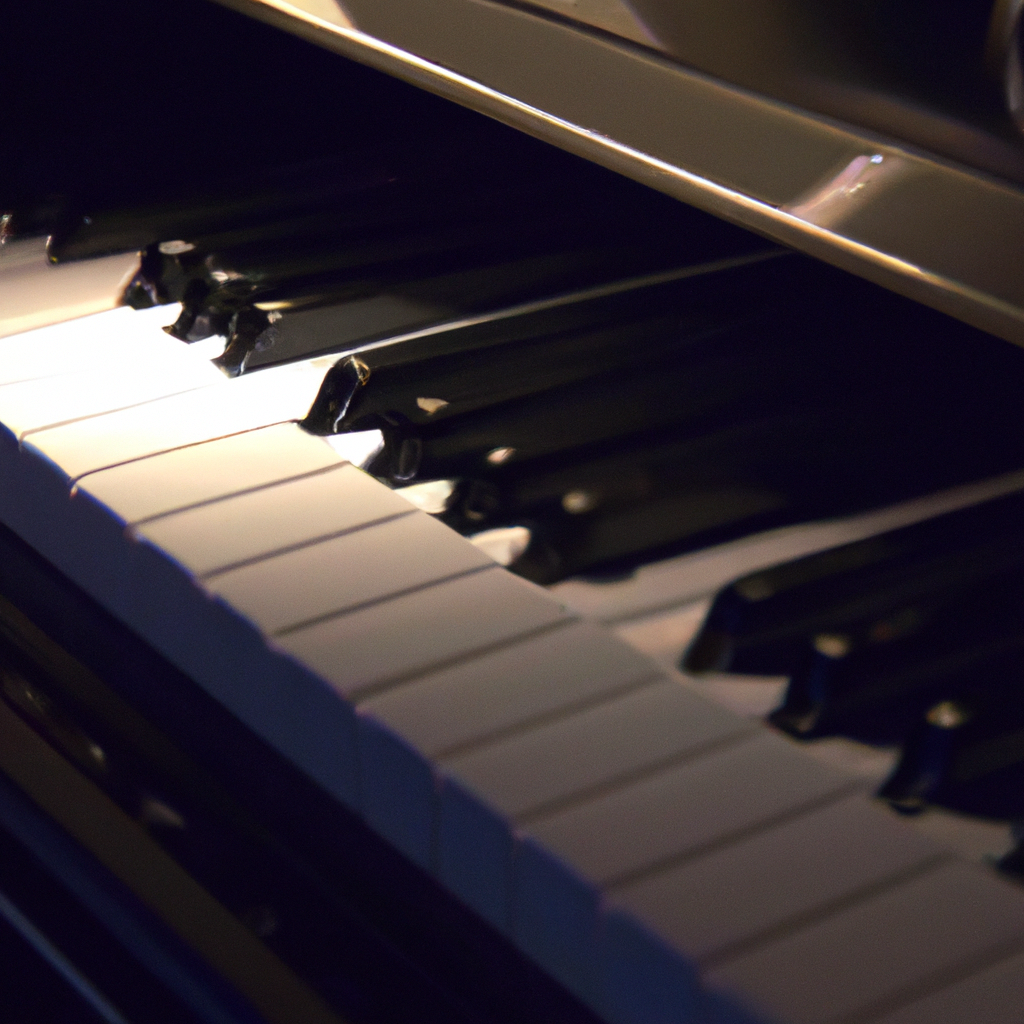When it comes to music, pianos have been a popular choice for centuries, with their beautiful sound and elegant appearance. However, with the advancement of technology, digital pianos have become increasingly popular, offering a more affordable and practical alternative to the traditional acoustic piano. But how does a digital piano create sound? In this article, we will explore the various components and processes involved in digital sound production, as well as the different piano technologies and mechanics that make it possible.
Digital Sound Production
The first step in creating sound in a digital piano is the conversion of physical key movements into electronic signals. When a key is pressed, a sensor underneath the key sends a signal to a digital processor, which then generates a digital waveform. The waveform is essentially a series of electrical signals that represent the sound of a piano.
Piano Acoustics
In traditional acoustic pianos, sound is created by the vibration of strings, which are then amplified by a soundboard. Digital pianos, on the other hand, do not have strings or soundboards, but instead use speakers to produce sound. The sound is created by the electronic signals generated by the digital processor, which are then converted into sound waves by the speakers.
Piano Mechanics
Digital pianos use a variety of technologies and mechanics to create sound. Some of the key components include:
– Keyboard: The keyboard is the interface between the musician and the instrument, and is responsible for translating physical movements into electronic signals.
– Sound Engine: The sound engine is the digital processor that generates the digital waveform, based on the musician’s input.
– Speaker System: The speaker system is responsible for converting the electronic signals into sound waves that can be heard by the musician and audience.
– Amplifier: The amplifier boosts the electronic signals before they are sent to the speaker system.
– Pedals: Digital pianos often come with pedals, which are used to control various aspects of the sound, such as sustain and expression.
Piano Sound Synthesis
There are two main methods of piano sound synthesis used in digital pianos:
– Sample-based synthesis: This method involves recording the sound of a real piano and storing it in the digital processor. When a key is pressed, the digital processor plays back the corresponding sound sample. This method is often used in mid-range digital pianos.
– Modeling synthesis: This method involves using advanced algorithms to simulate the sound of a piano, based on the physical characteristics of the instrument. This method is often used in high-end digital pianos.
Keyboard Sound Production
The keyboard is an integral part of the digital piano, as it is responsible for generating the electronic signals that create sound. There are two main types of keyboard technology used in digital pianos:
– Weighted Keys: Weighted keys mimic the feel of a traditional acoustic piano, with heavier keys for the lower notes and lighter keys for the higher notes.
– Non-Weighted Keys: Non-weighted keys are lighter and easier to play, making them a popular choice for beginners and those who prefer a lighter touch.
Conclusion
In conclusion, digital pianos use a combination of electronic signals, speaker systems, and advanced piano sound synthesis to create the beautiful sound of a piano. From the keyboard to the sound engine, every component plays an important role in producing high-quality sound. Whether you are a beginner or a professional musician, a digital piano is a great way to experience the beauty and versatility of piano music.







